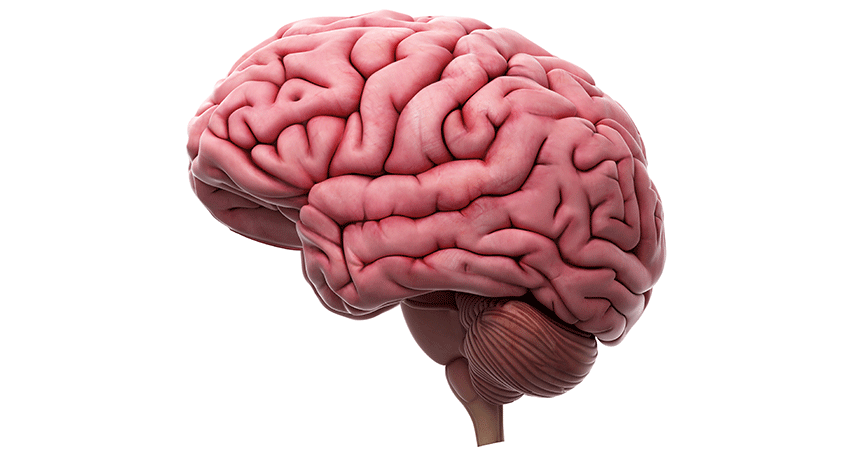cell The smallest structural and functional unit of an organism. Typically too small to see with the unaided eye, it consists of a watery fluid surrounded by a membrane or wall. Depending on their size, animals are made of anywhere from thousands to trillions of cells. Most organisms, such as yeasts, molds, bacteria and some algae, are composed of only one cell.
caudate This is a part of the brain that sits in the center, behind your eyebrows and over an important relay center called the thalamus. The caudate plays an important role in how we control our movements, and also controls attention, mood, motivation and feelings of reward.
dopamine A neurotransmitter, this chemical helps transmit signals in the brain.
molecule An electrically neutral group of atoms that represents the smallest possible amount of a chemical compound. Molecules can be made of single types of atoms or of different types. For example, the oxygen in the air is made of two oxygen atoms (O2), but water is made of two hydrogen atoms and one oxygen atom (H2O).
nucleus accumbens An area deep within the front part of the brain that is linked to pleasure and motivation.
olfactory tubercle This is a small area right at the base of the brain, roughly behind the nose. It’s a processing center that brings information from different brain areas together and sends it on its way. “Olfactory” refers to smell, and the olfactory tubercle does bring in information from the nose, but it also takes in information from visual system and auditory system. The olfactory tubercle is very important in attention, motion and how we respond to social situations. It is part of a larger group called the ventral striatum.
putamen This is a round, curled structure in the brain that sits in the center, over an important relay center called the thalamus. The putamen helps control our movements, and also plays an important role in learning.
reward (In animal behavior) A stimulus, such as a tasty food pellet, that is offered to an animal or person to get them to change their behavior or to learn a task.
tubercle A tiny knobby projection — a prominent bump — that occurs naturally on some part of a plant or animal. It might be a protruding nodule on a bone or the surface of the skin, for instance.
ventral striatum A region deep inside the brain known as the brain’s reward center.








